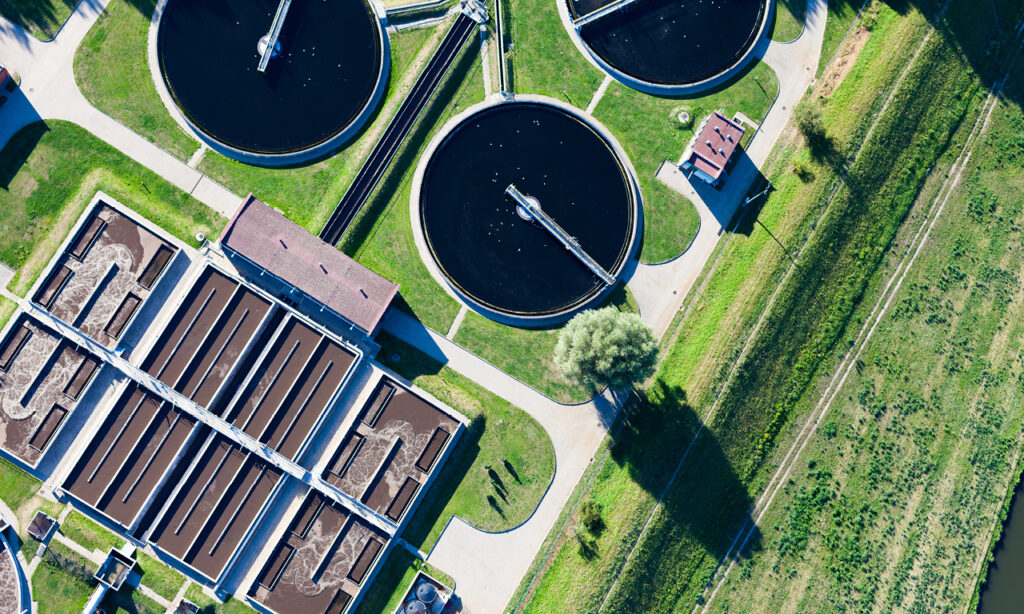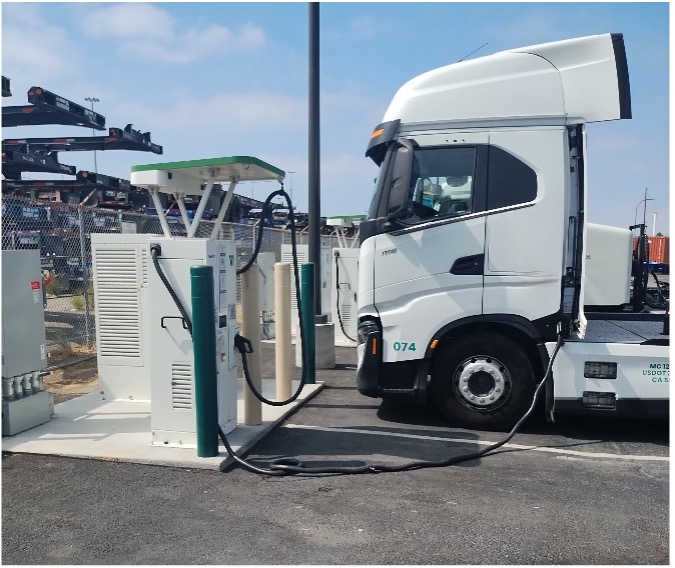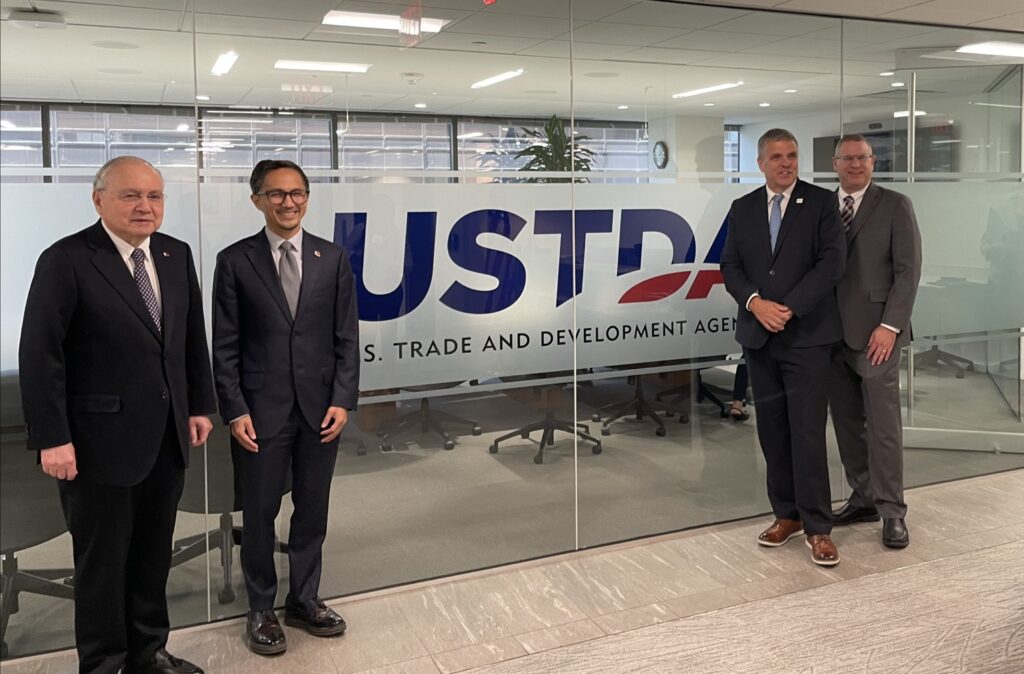State resource needs analysis and reports
In 2019, Cadmus provided support to the Association of State Drinking Water Administrators (ASDWA) on the development of an updated resource needs analysis. ASDWA had conducted state resource needs analyses in the past in partnership with EPA. Past analyses conducted in 1989, 1993, 1999, 2001, and 2011 have demonstrated that state drinking water programs are chronically underfunded. This new analysis included an expanded scope to go beyond the federal mandates and incorporate state specificity and emerging issues into an updated analysis to accurately reflect the resources states need to implement drinking water regulations and protect public health. This new analysis calculated the workload required at the national level. Cadmus has conducted six state-specific resource needs analyses since the publication of the national analysis. The workload analysis includes the following:
- All required primacy program functions listed in 40 CFR Part 142, including federal reporting requirements and SDWA-related programs such as operator training and certification.
- Capacity development.
- Determining compliance with current regulations.
- Permitting and plan review.
- Planning for new or revised regulations.
- Formal and informal enforcement activities, source water assessment, and protection programs.
- Emergency preparedness and response.
- Investigating and responding to emerging contaminants.
The analysis also includes a review of the state’s staff needs to support the Drinking Water State Revolving Fund (DWSRF), Water Infrastructure Improvements for the Nation Act (WIIN Act) grants, the Bipartisan Infrastructure Law, and/or the American Rescue Plan Act efforts. Finally, the analysis includes state-specific activities that the drinking water program may be responsible for in the future (e.g., PFAS). The analysis uses the state program’s current staffing and funding levels to create a baseline. The analysis then uses the existing model adjusted to the state’s information to project future needs, projecting the workload and funding needed for ten years. The final deliverables of this project are:
- A report that establishes a baseline for each core function to gauge future staffing needs versus current staffing and any identified barriers.
- An Excel file of outputs that includes projected full-time equivalents (FTEs) and costs.
- A slide deck that explains the results is delivered.
How can we help you identify your resource gaps and plan for the future?













